Voice to Parliament Referendum
On 14 October 2023, there will be a referendum to recognise Aboriginal and Torres Strait Islander peoples in the Constitution through a Voice to Parliament.
The Voice is a once-in-a-generation opportunity to make Australia stronger and more united and to improve the outcomes of Aboriginal and Torres Strait Islander communities.
We won’t fix everything overnight and the Government is making serious practical investments in improving the lives of our First Peoples. But the Voice is an opportunity to make sure that we finally turn the corner on closing the gap and recognising our First Nations People in the Constitution.
What is the Voice?
The Voice is about listening to Aboriginal and Torres Strait Islander peoples on the issues that affect their lives and it’s about finally recognising Aboriginal and Torres Strait Islander peoples in Australia’s Constitution.
What is the Voice?
The Voice is about listening to Aboriginal and Torres Strait Islander peoples on the issues that affect their lives and it’s about finally recognising Aboriginal and Torres Strait Islander peoples in Australia’s Constitution.
What do we need for Australians to say YES?
A national majority of all Australians, as well as a majority of states (but not territories) need to say Yes for the referendum to succeed.
There are already eleven Indigenous Members of Parliament, so why do we need an Aboriginal and Torres Strait Islander Voice?
Indigenous politicians necessarily prioritise what the voters in their electorate want, not the specific priorities of Indigenous people. Aboriginal and Torres Strait Islander people make up 3% of the Australian population and are a minority in nearly every electorate.
Who will make up the Voice?
It will be representative of Aboriginal and Torres Strait Islander communities – with a gender balance and will include youth. It will be elected by Aboriginal and Torres Strait Islander peoples.
Why does the Voice need to be in the Constitution?
· For too long, Governments have created – but then defunded or stopped – different bodies to represent Aboriginal and Torres Strait Islander peoples’ wishes. Parliament will still be able to make changes to the form and function of the body through legislation.
Why isn’t there more detail?
There is ample information available and you can review design principles for the Voice online. When established, additional finer details can be debated in Parliament through regular law-making processes.
Where did this idea come from?
First Nations people gathered at the 2017 National Constitution Convention at Uluru. Those 250 delegates brought with them the views of First Nations communities gathered through more than 12 First Nations Regional Dialogue across the country (with over 1200 people) and they had the goal of deciding how to advance reconciliation with Australia. 243 of these 250 leaders agreed, in the Uluru Statement of the Heart, to call for the establishment of a First Nations Voice in the Australian Constitution.
Doesn't this just divide Australians?
When Aboriginal and Torres Strait Islander people live shorter lives with worse health outcomes, get paid lower wages, live in communities deprived of decent infrastructure and are obstructed in their access to education, we are already a nation divided.
Aren’t there Aboriginal and Torres Strait Islander Australians who are saying no to the Voice?
Nobody expects every Aboriginal and Torres Strait Islander to have the exact same opinion. An overwhelming majority of First Nations people have asked for a Voice to Parliament. About 80% of Aboriginal and Torres Strait Islander Australians support the Voice.
Where can I find more information?
Visit Clare O'Neil's office at 17 Atherton Road Oakleigh, or get in touch on (03) 9545 6211.


